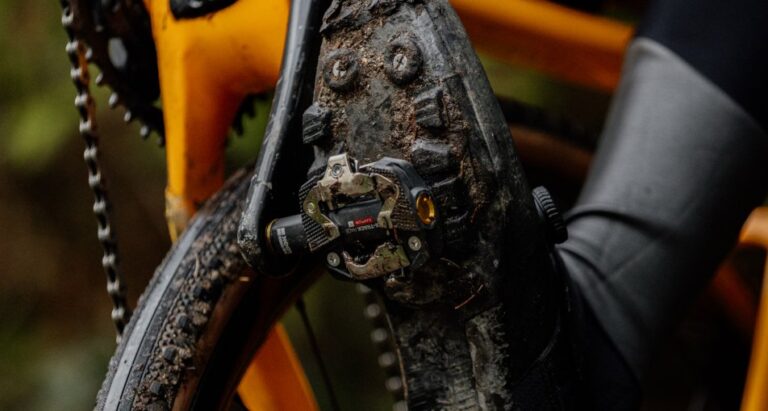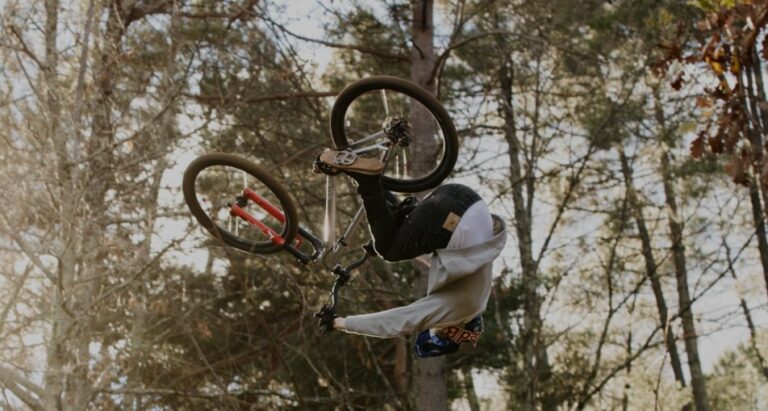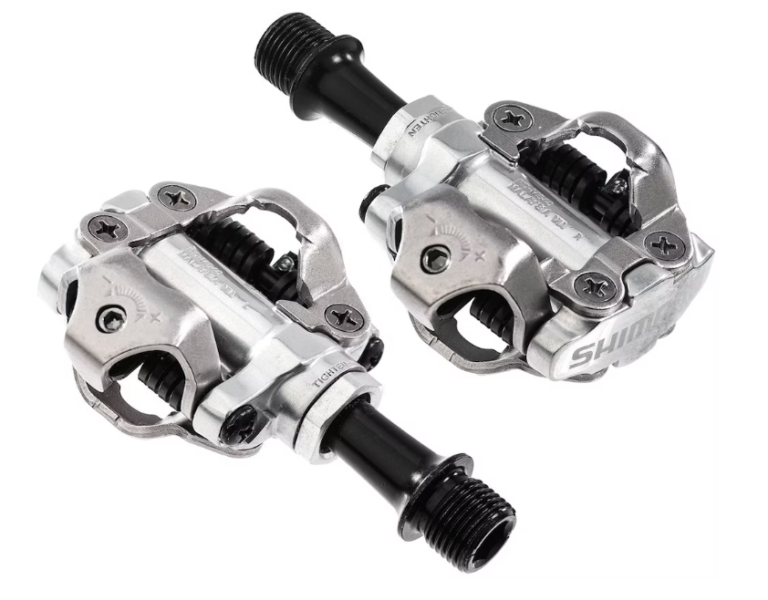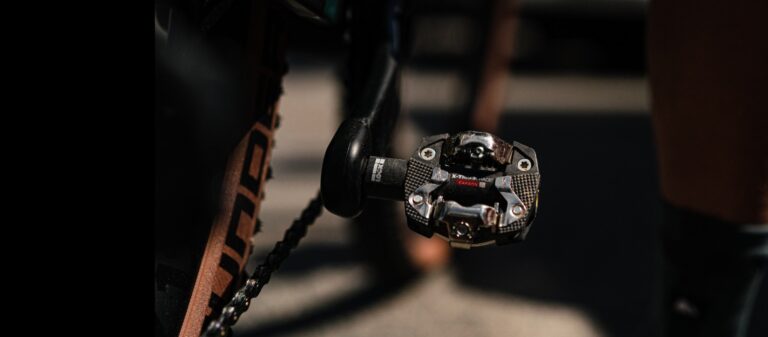The Role of Bike Pedals in Power Transfer: A Deep Dive into Cycling Performance

Key Point Summary of The Role of Bike Pedals in Power Transfer:
- Direct Impact on Efficiency: Bike pedals are fundamental in converting the cyclist’s energy into the bike’s motion.
- Compatibility and Fit: The right pedals and shoe combinations can significantly improve power transfer.
- Pedal Type Matters: The choice between platform, clipless, and toe-clip pedals affects performance and efficiency.
- Technique Enhances Transfer: Proper pedaling technique maximizes the effectiveness of the pedal stroke.
Navigating the myriad terrains of mountain biking, the resistance of gravel, and the precision of cyclocross, I’ve come to appreciate every component of my bike’s setup and its impact on performance. Designed to serve as the pivotal point where human effort is transformed into forward motion, understanding the role of bike pedals in power transfer is essential for cyclists at any level, especially for beginners and mid-level enthusiasts looking to enhance their cycling performance.
The Foundation of Cycling Performance
Understanding the Mechanism
Bike pedals serve as the direct contact point between the cyclist and the bike, where physical power is translated into mechanical energy. This translation is crucial for propelling the bike forward with as little energy loss as possible. The efficiency of this process significantly influences overall cycling performance, impacting speed, endurance, and rider fatigue.
Compatibility and Fit: The Key to Optimized Transfer
The synergy between bike pedals, cleats, and cycling shoes is paramount. A secure and snug fit ensures that each pedal stroke delivers maximum power directly to the drivetrain. Clipless pedals, which lock the rider’s shoes onto the pedals, offer a significant advantage in this regard by minimizing slippage and ensuring that energy is not wasted.
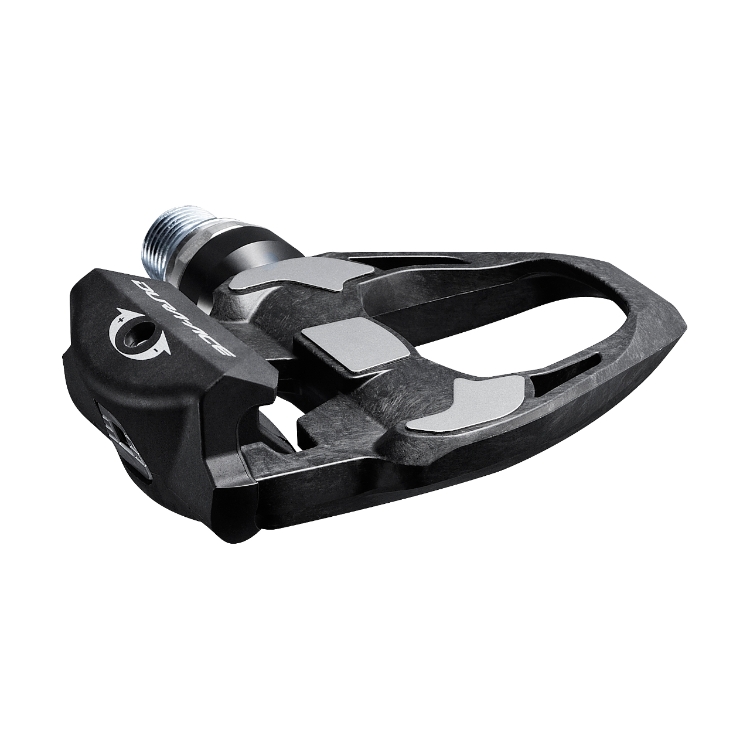
Choosing the Right Pedal Type: Pedals as a Pillar of Performance
The type of pedal can greatly affect cycling efficiency and performance. Platform pedals, common on casual and some mountain bikes, offer flexibility and ease of use but often result in less efficient power transfer. Toe-clip pedals provide a midpoint, offering some of the benefits of clipless pedals without the full commitment. However, clipless pedals are the gold standard as they provide a direct link between the cyclist’s leg movements and the bike’s drivetrain.
Technique: Maximizing Pedal Stroke Efficiency
Beyond the hardware, the cyclist’s pedaling technique plays a crucial role. An efficient pedal stroke is smooth and circular, engaging muscles throughout the rotation to maintain constant power. Learning to pull up on the pedals, as well as pushing down, can leverage the full potential of clipless pedal systems, distributing the workload across more muscles and increasing efficiency.
Pedals as the Gateway to Enhanced Cycling
Investing in Quality Pedals and Shoes
For those looking to improve their cycling performance, investing in quality pedals and compatible shoes is a worthwhile consideration. High-quality materials and construction can offer better durability, lighter weight, and more precise engagement mechanisms for a better riding experience.
Adjustment and Maintenance: Keeping the Link Strong
Regular maintenance and proper adjustment of pedal systems are crucial to sustaining performance benefits. Ensuring that cleats are properly aligned and securely fastened can prevent inefficiencies and potential injuries. Similarly, keeping pedals clean and well-lubricated helps maintain smooth operation.
In Practice: A Personal Journey
Throughout my cycling career, experimenting with different pedal systems and fine-tuning my pedaling technique have been continuous processes. The transition to clipless pedals was a revelation, markedly improving my efficiency on climbs and sprints alike. Regularly revisiting my setup and technique has allowed me to sustain and build upon those gains, illustrating the ongoing nature of optimization in cycling.
Conclusion: The Role of Bike Pedals in Power Transfer
As the primary interface through which rider effort is translated into motion, choosing the right pedals and mastering their use can have a profound impact on cycling performance.
Whether you’re tackling rugged mountain trails, grinding through gravel, or slicing through the mud of a cyclocross course, understanding and optimizing your pedal setup can elevate your riding experience, making every stroke count towards a more efficient, enjoyable ride.
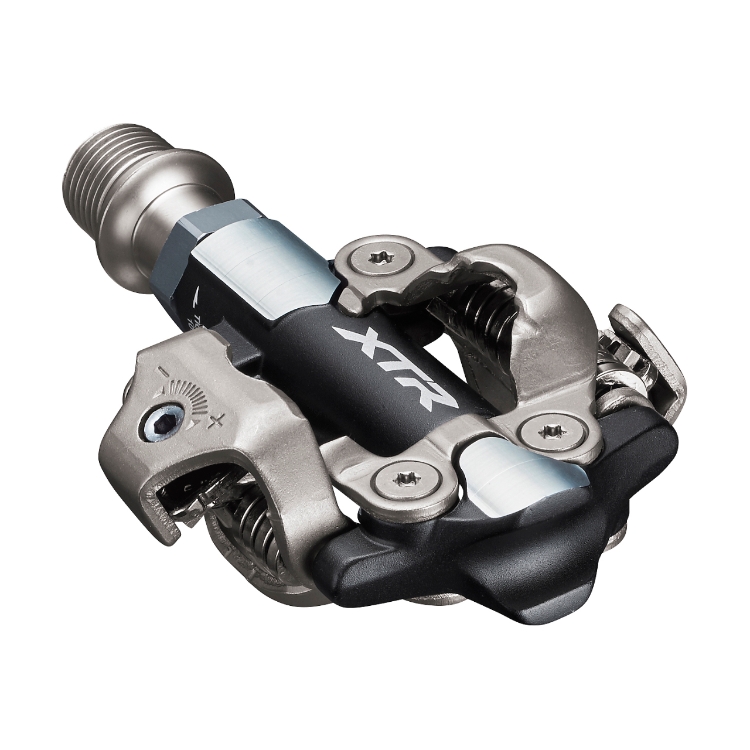
Clipless pedals are widely regarded as the best option for serious cyclists across various disciplines, including road cycling, mountain biking, and triathlon. They offer a direct connection between the shoe and pedal, minimizing energy loss during the transfer process. Here are some of the top-rated clipless pedal options known for their superior power transfer capabilities:
Road Cycling:
- Shimano Dura-Ace PD-R9100: These are the pinnacle of Shimano’s pedal technology, offering an optimal balance of weight, stiffness, and reliability. The wide platform and carbon composite body ensure maximum power transfer with minimal weight.
- Look Keo Blade Carbon: Known for its innovative blade technology rather than a traditional metal spring for cleat retention, this pedal offers a large contact area and low weight.
Mountain Biking:
- Shimano XTR M9120: Designed for the rigors of mountain biking, these pedals feature a wide platform and integrated cage, providing stability and support in rough terrain.
- Crankbrothers Eggbeater 11: Ideal for cross-country and cyclocross riders, these pedals are known for their minimalist design, lightweight, and 4-sided entry. They offer excellent mud shedding and ensure that power transfer is direct and efficient.
Gravel:
- Shimano PD-M520: A durable, reliable option for gravel riding that offers great value. While not as light as some high-end models, its durability and the secure connection it provides make it a favorite among gravel riders.
Consider the type of cycling you do most, the compatibility with your cycling shoes, and your budget. High-end pedals often offer the best in terms of weight, durability, and power transfer efficiency, but many mid-range options perform exceptionally well.
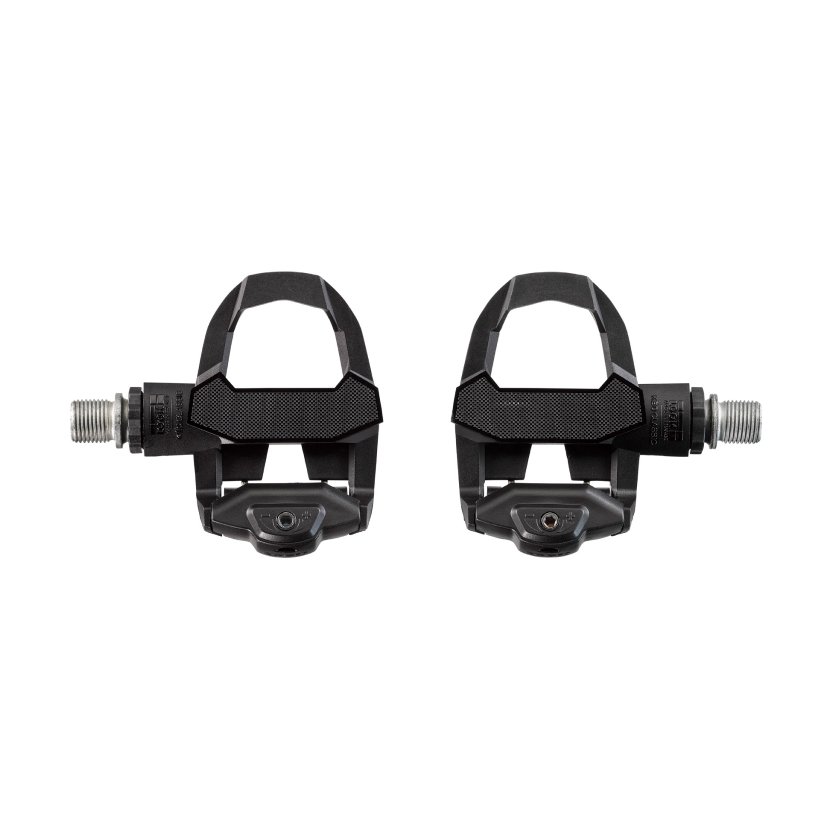
FAQ
What is the function of the pedals on a bike?
The function of the pedals on a bike is to provide a platform for the cyclist’s feet to apply force in a circular motion, which is then converted into mechanical energy that propels the bike forward.
What is connected to the bicycle pedals that transfers energy to the chain?
The bicycle pedals are connected to the crank arms, which are attached to the chainring(s). When the pedals are turned, the crank arms rotate the chainrings, transferring energy to the chain, which in turn rotates the rear wheel of the bike, propelling it forward.
Ride on
John

